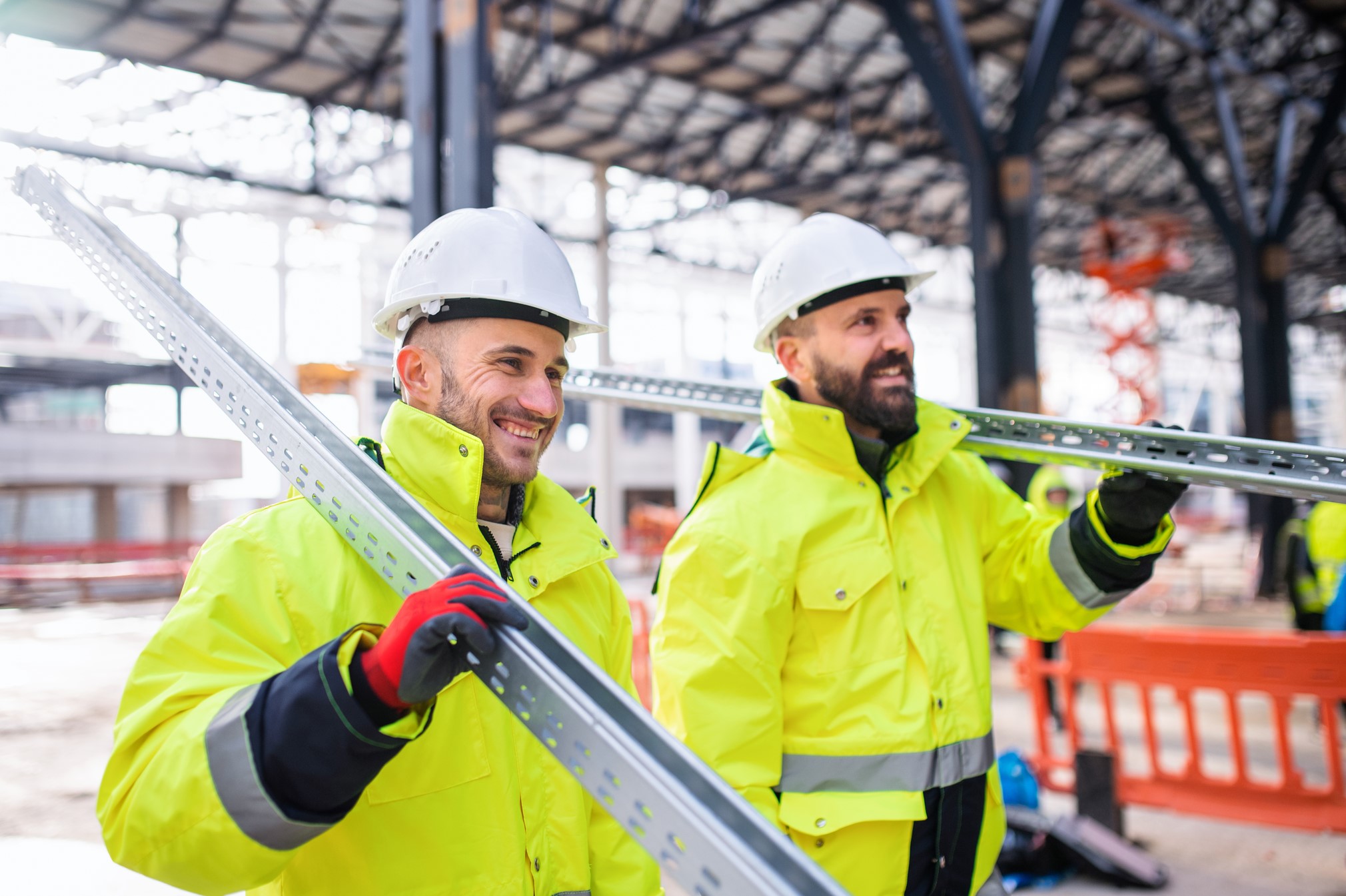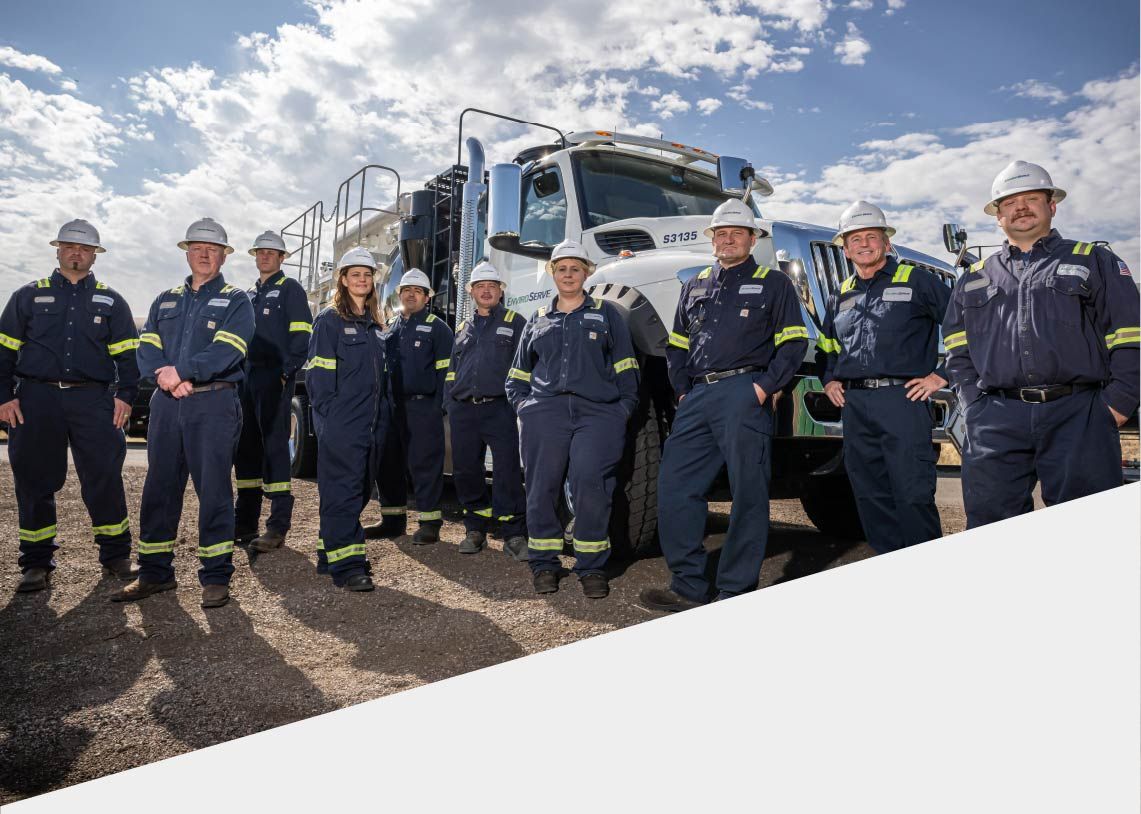The Dos and Don’ts of Winter Construction Work
If you spend your workday in a toolbelt and PPE, you know winter construction work can be challenging. Freezing temperatures and other adverse conditions brought on by snow and wind shear can cause delays to the work and present situations that could result in broken equipment or injured Team Members.
Preparing for winter construction work
While more than fourth of the country receives less than 10 inches of snow per year, many of the most densely populated cities in the U.S. are in some of
our snowiest states. This means that a substantial portion of the men and women who build office buildings, renovate houses, pour roads, or perform industrial work, will eventually find themselves trying to not slip on ice and stay warm at work during the winter months.
Let’s take a look at some of the most essential dos and don’ts of winter construction work to stay safe at work.
Do make sure you and your equipment stay warm at work
The reminder to keep warm when working outside in winter may seem like unnecessary advice. Naturally, if we’re cold, we will try to get warm. But there are ways that even this simple goal can be overlooked, or at the very least, underestimated.
- Wear the right personal protective equipment (PPE). PPE is more than work gloves, facial coverings, or a reflective vest. It includes any type of equipment that keeps us safe in the working environment. So, layer up the thick clothing and stay warm at work.
- Store your equipment out of the elements. When running equipment outside, follow a few universal habits whether you are working in the summer months or the winter. Moisture (or excessive dust and dirt) can affect the performance of basic hand tools. And even heavy machinery can be hamstrung by faulty parts left out in the rain and snow. Keep your vehicles covered against the weather to extend the life of your tires and make it easier to not slip on ice.
- Be sure to monitor your diesel exhaust fluid (DEF). Your DEF is one of the most important elements when it comes to the longevity of your vehicle’s engine. Like the catalytic converter in our cars, the DEF helps transform toxic byproducts into environmentally safe, clean air. Your DEF has a freezing point of 12°F (-11°C) and is designed to retain its chemical purity even after freezing and thawing. Many new truck models have an internal reservoir heater to keep the DEF in its liquid form. Keep an eye on the sensors to keep you informed of your current levels.
Don’t slip on ice (or otherwise let the weather get the jump on you)
There’s a lot to think about when engaged in winter construction work. There practices that we should do to help ourselves and our tools stay warm at work. But there are also things we should avoid that could make our lives more difficult on the site.
- Neglecting cleanliness is a big mistake. When dealing with snow and other adverse weather conditions, we run the risk of injury when we fail to keep our site and our machinery clean. This includes de-icing the area and removing excess snow.
- Site inspections are essential. Safety is largely dependent on awareness, and being familiar with the condition of the site is integral to that. Heavy snowfall can cover sinkholes, collapse tree limbs, and create dangerous icicles, all of which can be hazardous to people and equipment. Understanding where the rough patches are can also keep your feed and/or tread firmly on the ground, so you don’t slip on ice.
- Ensure emergency protocols are up to date. With proper planning, accidents should be a rare occurrence during your winter construction work. Having a daily safety briefing is a good idea to help keep people up to speed on the best way to respond to an emergency.
Do be vigilant
Winter construction work is a part of the yearly routine for some businesses. This presents challenges, like helping oneself stay warm at work, and making sure that neither they (or their equipment) will slip on ice, causing breakdowns and injuries.
Many such issues can be avoided with vigilance and forethought, keeping one’s eyes open to potential hazards and asking:
- What am I about to do?
- Are there potential hazards?
- What am I going to do to prevent them?
Going through this ritual daily will not only keep you and those around you safe, but it can help protect your work from expensive, unplanned stops.

